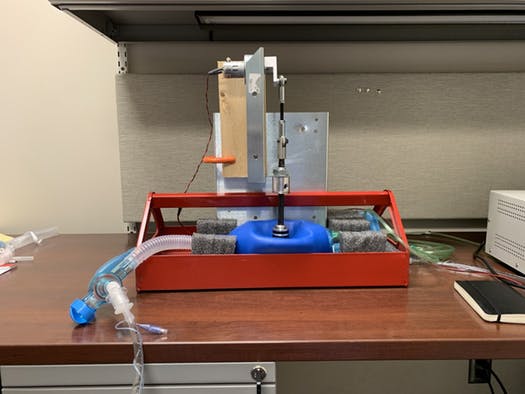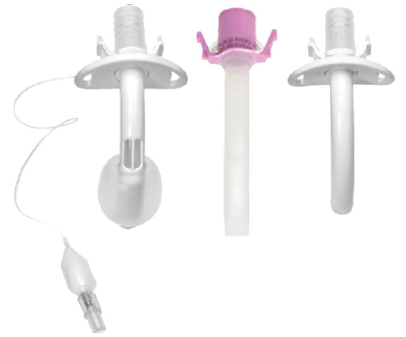A cardiac anesthesiology fellow, and several engineers from the University of Minnesota and a local device company got together over the past few weeks and cobbled together a ventilator from some spare parts. Here’s a picture to give you an idea of what it looks like:

It uses a metal toolbox tray, an Ambu bag, and some other spare parts lying around one of the medical device labs at the university. Essentially, a servo motor intermittently squeezes the Ambu bag, and there are adjustments for how often (rate) and how deeply (volume) the bag is compressed. There is a pressure limiting device included in the system as well.
This project illustrates how we will need to think outside the (tool)box in the coming weeks, especially as the number of severe Coronavirus cases begins to tax our supply of ventilators. And obviously, this thing will not get FDA approval in your lifetime. But if a choice needs to be made between using something like this in a pinch vs letting someone asphyxiate, the answer is pretty clear.
The group has produced a short YouTube video as well (see below), but it is rather short on details. You get to see some partial views of it as it is being tested on pigs. But so far, the concept is promising.
If you are trying to view this on my Tumblr feed, the video will not show here. Please click here to visit my main blog site to view it.



